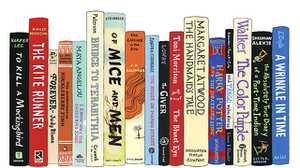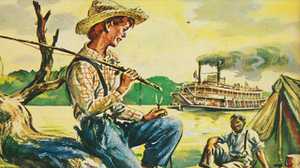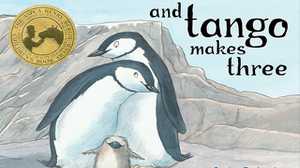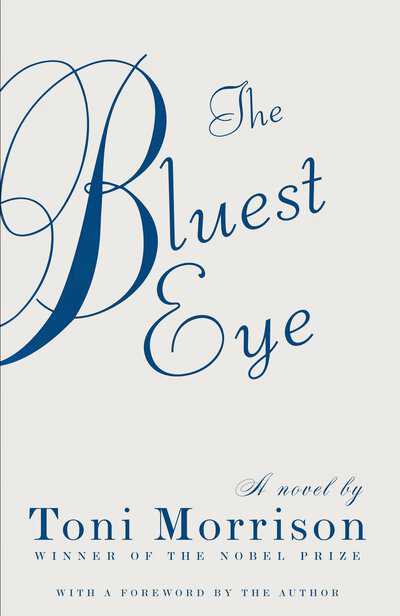
The Bluest Eye, Toni Morrison’s first novel, was published in 1970. Set in Lorain, Ohio — where Morrison herself was born — the book tells the story of Pecola Breedlove, an eleven-year-old African American girl who is convinced that she is ugly, and yearns to have lighter skin and blue eyes. This, she believes, could change her lot in life. Pecola lives in a violent household. Her parents consistently fight, and Pecola herself becomes pregnant after being raped by her alcoholic father, Cholly.
Since its publication, the book has consistently landed on the American Library Association’s list of most challenged books. Reasons cited have included, “sexually explicit material,” “lots of graphic descriptions and lots of disturbing language,” and “an underlying socialist-communist agenda.” One complaint simply called it a “bad book.”
In 1993, when Toni Morrison accepted her Nobel Prize for Literature, she spoke of “Laureates yet to come,” saying that, “Their voices bespeak civilizations gone and yet to be; the precipice from which their imaginations gaze will rivet us; they do not blink nor turn away.” Honored more than twenty years after the publication of The Bluest Eye, Morrison had by then established herself as a writer who does not blink or turn away from painful and hard-to-tell stories. That ability to help her readers see and reckon with some of the harshest parts of our world is what has made her books a staple in high school classrooms.
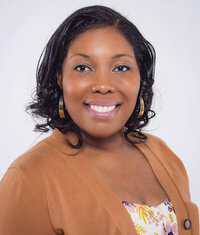
Shekema Silveri began her career as a classroom English teacher. She is the Founder and Executive Director of the IFE Academy of Teaching & Technology, a K-12 independent microschool in Atlanta, Georgia. In 2011, she was honored as the Milken National Educator of the year. She teaches Morrison’s The Bluest Eye in her classrooms. American Experience spoke with her about the book.
Why do you teach this book?
For me, as an African American teacher, and having taught The Bluest Eye in predominantly black schools, the discussions about race are discussions about why Shirley Temple was an icon for the children in the book. And why did we grow up all having dolls with blonde hair and blue eyes? Why weren’t there any black dolls when we grew up?
For the vast majority of my life I thought that straight hair or lighter eyes or lighter skin was what beauty was. It’s not just themes of incest and sexuality that are present in the novel. That theme of beauty being tied to whiteness — that’s something that we’ve been able to challenge inside the classroom.
How do you contextualize this book for your students?
Kids who come back from college tell me that my class feels more of a cultural studies class than an English class. The way I teach is that we explore the world, and literature is the artifact. In my classroom, the novels are not the be all to end all. The novels are what we use to examine the culture that we currently find ourselves in.
When I teach these things, I never say, “open your books and turn to chapter one.” I show students the doll test, where the psychologist has the children pick the doll and say which one is ugly, which one is pretty, which one is bad. So, we look at the world first, and then say, “Oh by the way, this is what Toni Morrison has to say about it.”
What are the student reactions to the book?
Teaching novels like The Bluest Eye helps us break down barriers with students. After reading the book, I had a student who said that she is the product of incest. And I’ve had a student who said that she was molested by her uncle. Books allow us to help them heal in ways that we as educators couldn’t help them heal on our own.
This interview has been condensed and edited for length and clarity.
Read an interview with Robert P. Doyle, editor of the American Library Association’s Banned Books, a collection of thousands of titles that have been subject to censorship challenges.
Read about And Tango Makes Three
Read about Adventures of Huckleberry Finn
Read about Of Mice and Men
Originally published September 2017.




